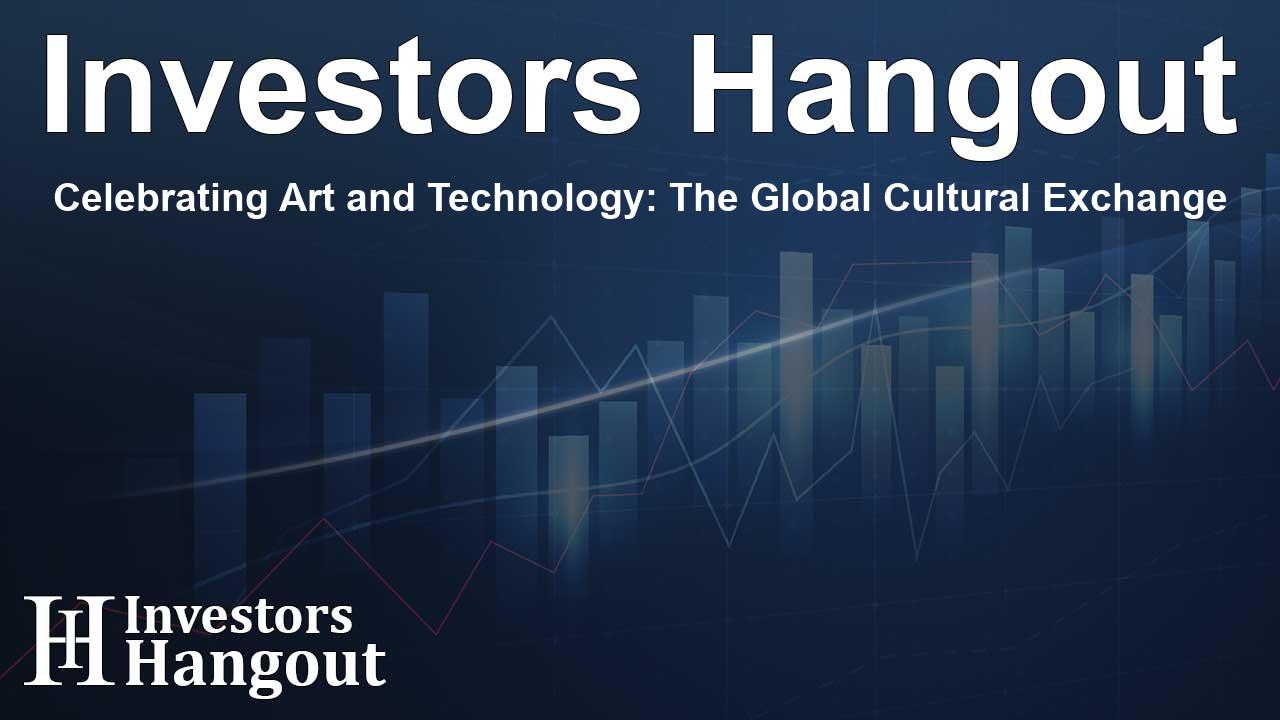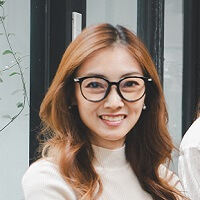Celebrating Art and Technology: The Global Cultural Exchange

Innovative Artistic Dialogue Through Technology
The China Art and Technology Biennale has opened its doors at the Yuhang Art Museum, marking a notable event in the realm of cultural and artistic exchange. With a commitment from organizations and institutions dedicated to enhancing the integration of art and technology, this biennale showcases the creative contributions of over 160 artists and scientists from more than 20 countries. This gathering is part of a larger initiative aimed at exploring cultural ecological reconstruction amidst rapid technological advancements.
Engagement with Culture and Technology
This year's theme — "Cultural Ecological Reconstruction Amid Technological Iteration" — sets the stage for a significant dialogue among heaven, earth, humanity, and machinery. The exhibition structure is divided into four engaging sections: "Connections: Embodied Interaction," "Symbiosis: Digital Education," "Speculation: Ecological Reconstruction," and "Manifesto: Philosophical Inquiry." Each section serves as a unique platform for visitors to immerse themselves in discussions surrounding the harmony between technology and human experience.
A Journey into Historical Context
Liangzhu, often regarded as the cradle of ancient Chinese civilization, plays a crucial role in this biennale. It stands as a perfect backdrop where the integration of art and technology is not new; it has been part of the cultural fabric for centuries. Hangzhou's flourishing digital economy and AI sector offers a fertile ground for expressing these themes, making it a hub for interdisciplinary collaborations that resonate with the historical ethos of the region.
Dynamic Displays of Artistic Innovation
As visitors navigate through the exhibition, they encounter the striking Jade Cong King, which acts as a bridge connecting ancient heritage with contemporary digital artistry. The utilization of digital technology to reinterpret significant artifacts reflects a commitment to preserving culture while embracing modernization. Another highlight is the collaboration between Alibaba Cloud and visual effects director Xiong Chao, which creates a breathtaking animation that showcases art's meeting ground with advanced technology.
Cultural Exchange on an International Stage
The biennale also features significant projects like the "Trisolaris Computing Constellation," which envisions a future where space exploration and artificial intelligence intersect. This ambitious initiative brings together scientific communities to push the boundaries of what is possible in the realm of computing and exploration. Visitors also find engaging installations, such as Daily Sketches by Zach Lieberman, which emphasizes audience interaction through real-time gestures and movements, showcasing the ability of technology to transform creative expression.
Art as a Reflection of Civilization
Each piece in the exhibition seeks to establish connections, allowing for an exploration of the shared narratives that span across cultures and time. Art offers a mirror to humanity, reflecting current ideologies while being rooted deeply in our history. With over 110 artworks, the exhibit aptly creates a "Mountain of Civilization," inviting observers to think critically about their journey through this convergence of past influences and future aspirations.
Forward-Thinking Initiatives
Supporting events during the biennale, including the China Art and Technology Symposium, provide platforms for further discourse on the integration of art and technology. These gatherings bring together global perspectives from artists, scholars, and innovators, all eager to explore pathways for future collaboration. The manifesto released during this symposium offers actionable insights, weaving together traditional cultural wisdom with modern technological capabilities.
Conclusion to a Transformative Experience
The China (Hangzhou) Art and Technology Biennale is not just an exhibition; it is a celebration of creativity, innovation, and the extensive dialogues that emerge when cultures intertwine. By marrying artistry with technological progress, this event lays the groundwork for future explorations that enhance mutual understanding and appreciation among diverse global communities.
Frequently Asked Questions
What is the theme of the China Art and Technology Biennale?
The theme is "Cultural Ecological Reconstruction Amidst Technological Iteration," focusing on the dialogue between humanity and technology.
What are the key components of the exhibition?
The exhibition is divided into four main sections: Connections, Symbiosis, Speculation, and Manifesto, each exploring different aspects of art and technology integration.
Where is the biennale being held?
The event takes place at the newly opened Yuhang Art Museum, known for its innovative architectural design.
How many artists are involved in the biennale?
Over 160 artists and creators from more than 20 countries are participating, reflecting a diverse range of cultural influences.
When does the exhibition run until?
The exhibition will be open to the public until December 18.
About The Author
Contact Olivia Taylor privately here. Or send an email with ATTN: Olivia Taylor as the subject to contact@investorshangout.com.
About Investors Hangout
Investors Hangout is a leading online stock forum for financial discussion and learning, offering a wide range of free tools and resources. It draws in traders of all levels, who exchange market knowledge, investigate trading tactics, and keep an eye on industry developments in real time. Featuring financial articles, stock message boards, quotes, charts, company profiles, and live news updates. Through cooperative learning and a wealth of informational resources, it helps users from novices creating their first portfolios to experts honing their techniques. Join Investors Hangout today: https://investorshangout.com/
The content of this article is based on factual, publicly available information and does not represent legal, financial, or investment advice. Investors Hangout does not offer financial advice, and the author is not a licensed financial advisor. Consult a qualified advisor before making any financial or investment decisions based on this article. This article should not be considered advice to purchase, sell, or hold any securities or other investments. If any of the material provided here is inaccurate, please contact us for corrections.
